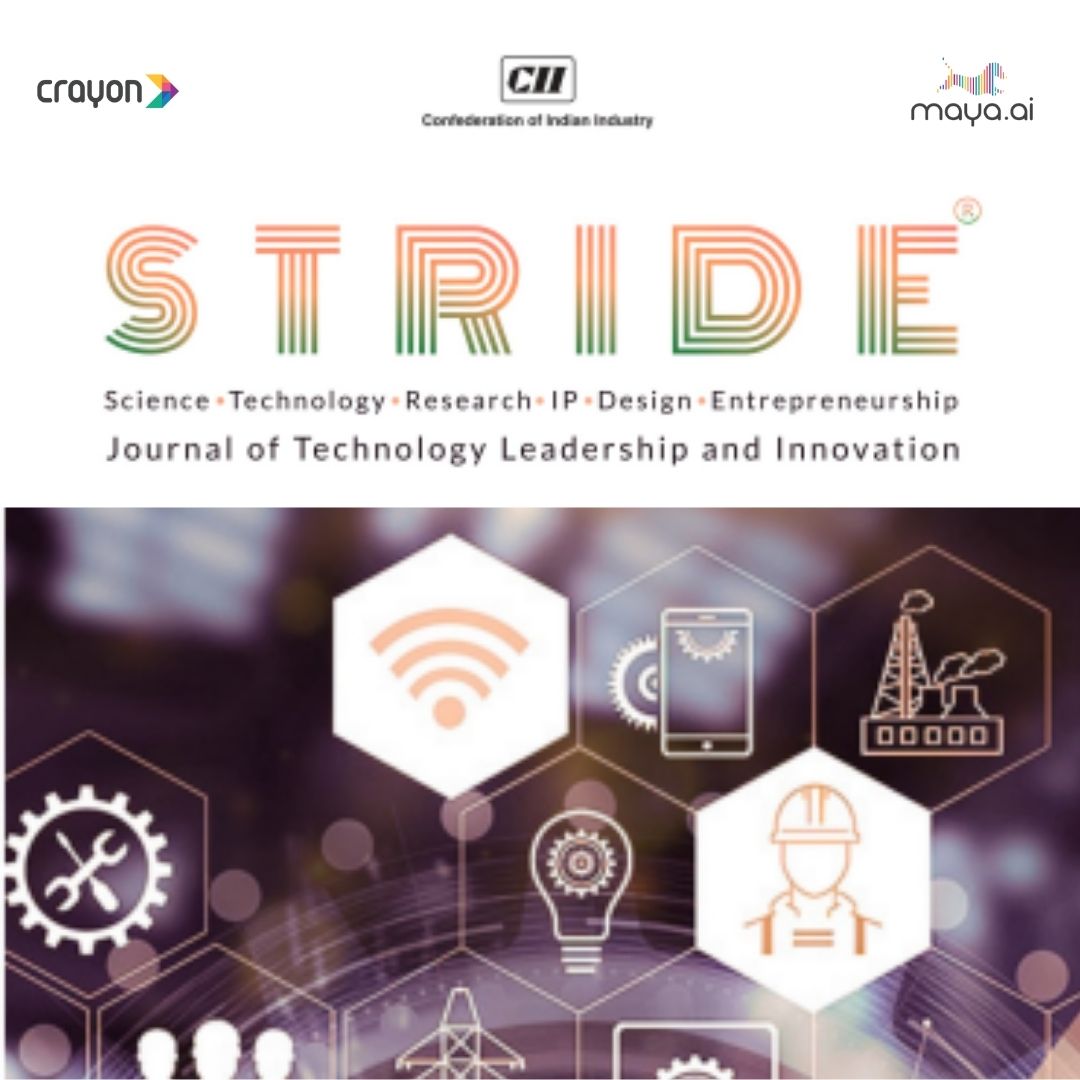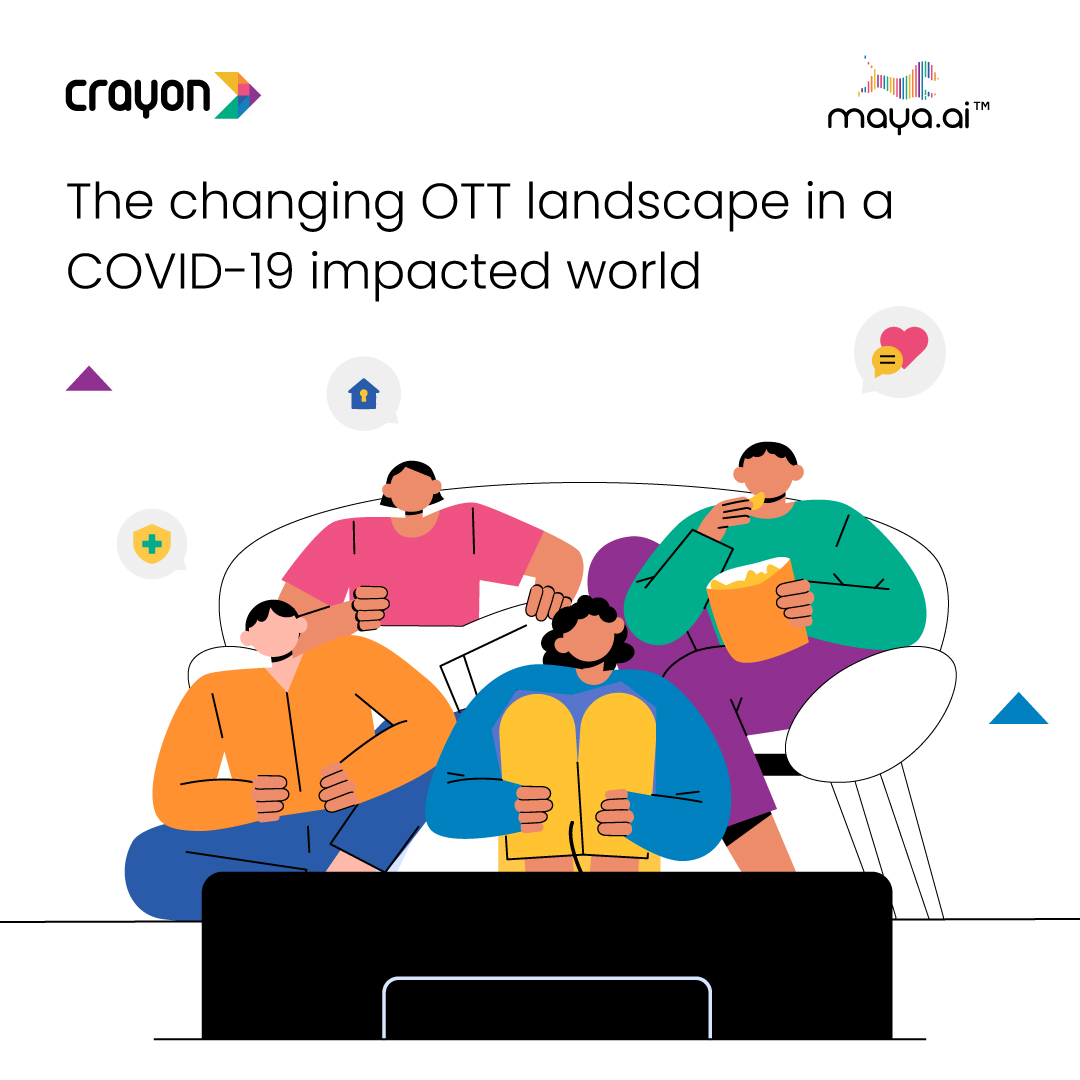The ripple effect is when one small inciting event has ramifications that expand far beyond, like a pebble thrown in a pond. The pebble may be small, but the rings that radiate from the initial splash keep growing. In today’s world, bad data is the pebble, and history has shown the large, looming, fatal consequences that misinformation can cause. Wars have been fought, companies have gone bankrupt, and entire civilizations have disappeared as a result of bad information. Check out the infographic below to see a snapshot of how the exchange of bad data and bad information has shaped who we are as a society.

Bad data hopefully has minimal effect on an outcome, however more often than not, a tiny overlooked detail can cause millions of dollars in wasted resources, time, and manpower. For example, in 1999, NASA lost billions of dollars in time, research, and equipment when the Mars Orbiter was lost in space. It was later determined that the manufacturers of the orbiter—Lockheed Martin—used English units of measurements when NASA scientists were using the conventional metric system. The mismatched measurements went undetected throughout the entire process and led to massive project failure.
A less dramatic but equally costly example is when the Coca-Cola brand attempted to introduce a new brand of Coke products to rival their competition. Brands are constantly reinventing themselves to stay fresh and appealing to consumers, so on the surface, rebranding should not have been so destructive. However, the Coca-Cola company did market research with a blind spot, not taking into account not just taste preferences but also people’s loyalty to the original brand and formula. While Coke was able to recover from the tone-deaf marketing move, the New Coke debacle remains a black eye on the beverage company’s iconic history.
Another example seems more like a plot of a spy thriller. One untrustworthy source can change the tide of a military agenda, as was the case during World War II. British double agents routinely reported misinformation back to their Nazi commanding officers, claiming that the newly developed missile launchers were missing the intended target: the very populous city of London. The Nazi commanders kept recalibrating for bogus target coordinates, thus missing their mark and inadvertently sparing countless London lives.
With today’s latest technological advances, most of the turning tides of history could not happen in our modern age. Systems of checks-and-balances, qualitative and quantitative market research, and precise geographical components make opportunities for misinformation almost nonexistent. However, there are still areas where bad data can seep through because as technology progresses, so do the ways to abuse it.
Better data leads to better insights which makes for better decisions. Having sustainable models to thoroughly vet personnel, utilize trustworthy systems plus back-ups, and keep several mitigating factors in mind could help slow the spread of misinformation.
This infographic originally appeared here. Republished with permission. Submit your copyright complaints here.

























